|
If you have a small bonsai ficus that has become a little unruly or has over grown its pot, today’s blog has a few tips that may help you repot that burgeoning bonsai tree! Last year I purchased a bonsai ficus retusa and over the past year it has become side heavy, leaning to one side and pulling itself out of the soil. The tree leaves themselves are flourishing and look amazing, drinking in the warm sunlight from its tranquil spot in front of my south facing window. The severe lean that is causing the roots to be exposed, however, has me concerned that this tree may soon find itself in distress. An intervention is needed! Originally from Asia, this type of tree loves humid environments, but does not like to be soggy, so keep that in mind when choosing pots and soil. The bonsai ficus retusa is said to be a very forgiving, undemanding plant for beginners and I can certainly vouch for that! Having said that, the thought of transplanting this tree was just a wee bit intimidating to me. But, like anything else, you have a to do a little research and then just dive in, right? So, I’m going to share with you the things I learned and my process for transplanting my latest plant baby... When to repot a bonsai ficus For most houseplants, the going wisdom is to repot in early spring, but the timing for repotting a bonsai tree depends quite a lot on the specific type of tree. (And it’s important to note that bonsai plants are miniature trees, not a typical houseplant.) My specific tree (as mentioned previously) is a bonsai ficus retusa, so my timing for repotting this plant is not in early spring but in mid to late summer. This may be an oversimplified overview of repotting the bonsai ficus, and it’s only fair to share a little of the abundance of information I have found on the topic. I have discovered (frustratingly) that there are different opinions on the topic, but much of how you care for your bonsai ficus will depend on a few key points:
According to one source--Bonsai Empire—you should avoid replanting bonsai trees in summer or winter, but other sources indicate that indoor plants are less vulnerable to the changes in the season and will tolerate repotting at other, less ideal, times of year. Kaizen Bonsai (a source that I found invaluable as I was researching the topic) recommends repotting according to your tree’s species, and for my tropical ficus, that means repotting the plant in summer when its growth has slowed. You can repot your bonsai ficus every other year or as needed, such as if the tree has rapid growth or has become root-bound. Type of pot for a bonsai ficus Most times, when you see a bonsai tree, it will be in a low flat pot. The art of caring for bonsai trees is an ancient one steeped in tradition that has a very distinctive visual style. The design aspect of bonsai leans on a basic design theory of the rule of thirds. The pot of the bonsai should be 1/3 the height of the tree, just like with vases for floral arrangements. You may need a pot 2/3 the width of the tree to create the right balance, forming a triangular shape for your display. When choosing a pot, remember you will be shaping your bonsai using triangular geometry in your design. Having said that, Kaizen Bonsai says that you can use any pot that works well with the size and shape of the tree, so don’t get too stuck on the idea of using traditional shallow pots. Just focus on finding a well-balanced container size with good drainage that highlights the tree's beauty and form. I purchased the perfect pot with two drainage holes, mesh, and wire from Amazon. Cover the holes in the pot base with mesh to limit soil loss and allow good drainage. Also, there is usually a type of floral wire that is fed up from the bottom holes of the pot and wrapped around the tree to anchor it so it doesn’t tip over. (During the repotting process, I discovered that my plant was never properly anchored in, making the plant top-heavy and tippy.) Best soil for a bonsai ficus Now that we’ve addressed the pot for the bonsai, let’s talk about soil. What type of soil will you need for your bonsai ficus? Just like I mentioned before, there are different schools of thought depending on who you ask, but Below are a few suggestions from my research:
I have also been told that cactus soil is good to use in a bonsai soil mixture for its drainage properties. It’s a good idea to tailor the soil mixture to the type of tree and the humidity in the environment. You want an overall well-draining soil. You want your soil to hold just enough moisture for the tree to thrive without sitting in soggy soil. For my mix, I used a mixture of what I had on hand—cactus mix, sphagnum peat, potting mix, and orchid bark. For the fungicide (for the branch I cut off and potted), I used a TBS of apple cider vinegar in 1 cup of water. Bonsai Empire recommends the following process for planting: wire the tree to the pot bottom to anchor it, create a layer for drainage topped with bonsai soil, and then add more bonsai soil. Carefully work the new soil between the roots to prevent air pockets (don’t tamp down too hard). Another source--Kaisen Bonsai—recommends just using well-balanced soil instead, tailored to the specific tree type, how much growth you want to encourage, how often you plan to water, the depth of the pot, and environmental conditions. You will need to water more often if using well-drained soil and may lose nutrients quickly. On the other hand, you do not want your bonsai sitting in wet soil, which causes root rot. Outdoor conditions (such as wind, humidity, and sunlight) affect how the plant retains water or dries out. Kaisen Bonsai recommends letting the soil dry out before repotting, as repotting with wet soil stresses the tree. The root ball of your bonsai tree will need to be carefully manipulated and unraveled during this process. Carefully unravel the root ball, and rake out the old soil using your fingers or a small rake so you can stretch out the roots for pruning (see the next section for trimming instructions). Once the roots are prepped, add a layer of soil or drainage rocks, feed in the wire that will hold the tree in place, place the tree in the soil, carefully work new soil between the roots, and then add soil to fill the pot. Wire the tree into place (we’ll discuss this later) and water thoroughly. Trimming the roots of a bonsai ficus After the soil has been raked out and roots have been carefully loosened, it is time to assess how—and if—the roots get trimmed. Kaizen Bonsai recommends trimming the roots according to the tree species and the tree's condition and roots at the time. If in doubt--or if the tree is not doing well--err on the side of caution and leave the roots alone. Why trim the roots, you might ask? Giving the roots a haircut (root pruning) while replanting helps stimulate new growth. This process will help the tree get water and nutrients faster. Don’t get too carried away during this process—only cut up to 1/3 of the roots. How to fertilize a bonsai ficus According to Kaizen Bonsai, only fertilize when the plant shows strong growth. Fertilization will also depend on your specific type of tree. Do not try to fertilize to fix “problems”; if there are plant health issues, try other options, such as adjusting the water schedule, pruning, loosening roots, or repotting. Another source says to fertilize once every two weeks during spring and summer, once a month in winter and fall, and dilute the fertilizer by half. How you fertilize will depend on your tree species and circumstances. I have not given my tree any fertilizer because it just didn’t need it! It had steady growth, with new shoots all the time, so I chose to forego the fertilizer. How to water a bonsai ficus Water the bonsai ficus when the soil feels almost dry. Do not let the soil become dry as a bone, but do not overwater either. Try to strike a nice balance with moist but not soggy soil. Soggy soil will cause catastrophic root rot. Bonsai trees usually sit in shallow pots, so keep an eye on the soil moisture to prevent damage from the soil drying out. When you water, water slowly and deeply, then let alone until almost dry before watering again. A tip I learned that has become invaluable to me for tracking the soil moisture in my plants is to use a water meter. I check all of my plants—plunging the water meter into the soil in several places to monitor the evenness of the soil moisture—before I pour water into the pot. A quick note about misting…The bonsai ficus does not need to be misted but could benefit from an occasional mist in dry environments. As this is a tropical plant, it does like some humidity, so an occasional mist and a wet tray can provide that little extra bit of moisture in the air. Lighting needs for a bonsai ficus The bonsai ficus likes to be in full sun, but this tree can tolerate indirect light, as long as it gets a little bit of direct light on its leaves. The southern sun is perfect for this plant, but less direct light from the east or west will work. My plants sit in a southeast window of my house, and they all seem to love it! They get plenty of direct light until mid-afternoon, and they are happy. Do not leave this plant in the dark! It won’t tolerate dark corners or cold drafts (think tropical). How to prune a bonsai ficus There are whole books and videos on this topic, and there’s no way I can do it justice in this short blog, but here are just a few tips to get you started… Manage the shape and size of the tree by trimming back new growth leaves to only a couple. For example, you can cut branches back to the first two or three leaves, promoting a bushier, less straggly growth. Pruning helps with apical dominance, or the tendency for the new growth to dominate, leaving older growth to wither and die. In simpler words, pruning helps control new growth to improve the tree’s overall look and health. Pruning is most effective in spring but can be done whenever the tree gets out of hand with growth. And don’t worry about the milky sap (latex) that will ooze out of the cuts. They are the tree’s way of creating a protective sealant to help heal the cut. How to propagate a bonsai cutting My bonsai tree developed a large branch off to one side of the tree, leading to leaning and tipping over from the weight. This was my fault for ignoring the pruning! The repotting process gave me the perfect excuse for pruning that branch, but I couldn’t bear to throw it away. The branch was the ideal size to propagate as a new tree! So, how do you propagate a cutting from a bonsai tree? The bonsai is a tree, so it’s pretty resilient when chopping off bits here and there. The tricky bit is getting the cut piece to grow roots. To prune a branch for propagation, cut at a 45-degree angle like you would for fresh-cut flowers. This helps the cutting have more surface to soak up much-needed water. There are two ways to get the piece to root—place it in a vase with water for a few weeks or plant it directly into another pot with soil. (I tried both techniques since I had a few extra pieces I didn’t want to throw away.) According to Plantophiles, to propagate using the soil method, place the cutting in a pot with good soil for bonsai trees, using the same step-by-step method as when repotting a bonsai tree. The cut branch should start rooting within a couple of weeks. Keep the cutting watered, and carefully monitor the soil so it’s not soggy but has enough water for the new tree to grow. Place the newly potted branch in a spot with plenty of bright indirect light, like a south-facing window. (Just like with a newly repotted bonsai tree, avoid stressing the plant by putting it in direct sunlight.) How to wire your bonsai ficus The trick to getting those fantastic shapes in professional bonsai trees is to use wires to help the malleable branches grow in the desired direction. Wires can be used to help manage shape, but use the thinnest wire possible (wire for bonsai comes in a range of thickness) depending on the thickness of the branches. Thin branches are more flexible and easy to train, requiring thinner wire, while thicker (less flexible) branches will need heavier wire and possibly a guy wire. Cut and remove the wire when the branch has grown in the desired direction and can hold its own (about six weeks). A few “don’ts” for wiring are: don’t wire up a bonsai just after the shock of repotting, don’t wire branches too tight, and don’t let the wire cut into the tree. The first thing to do when repotting is to wire and anchor the tree trunk. Wiring the plant from the base will help stabilize the bonsai tree, create balance for the desired shapes, and keep the tree from tipping. (My tree was never wired into the pot and is now toppling over!) The wire gets fed up through holes in the bottom of the pot, wound securely around the large roots (and tree base), and then secured to keep the tree stable. Try not to wrap too tightly and dig into the tree. So, in trying to help my bonsai plant, I learned a lot! Bonsai plants are trees and behave more like trees, just in miniature. There is no one-size-fits-all standard for repotting your bonsai, so it is essential to understand your tree type and specific needs. In the past, I have been afraid to touch this plant for fear of ruining it, but I am learning that it is more resilient than I previously thought. I’m sure this is just the beginning of an educational journey, especially since I have gone from one bonsai to two bonsai trees via propagation. (And I almost forgot two small cuttings sitting in the water trying to root!) This is a lot of information to digest, and I’ve only just scratched the surface, but I think this is the beginning of a beautiful friendship with my bonsai ficus trees! Stay tuned for updates! Please feel free to drop a line in the comments with any tips! Related blogs you may want to read: How to repot a pothos plant How to propagate bromeliad pups Small houseplants that love bathroom humidity Eight health benefits of decorating with plants How to harvest and use fresh mint from the garden Tips for harvesting chamomile for homemade tea Growing tomatoes and cucumbers How to care for 11 common herb seedlings Tips for planting seeds indoors Sources: https://www.bonsaiempire.com/basics/bonsai-care/repotting https://www.allthingsbonsai.co.uk/bonsai-tree-species-care-guides/ficus-indoor-bonsai-tree-care/ https://www.allthingsbonsai.co.uk/bonsai-tree-care/a-discussion-on-bonsai-soil/ https://www.bonsaioutlet.com/ficus-bonsai-care/ https://www.kaizenbonsai.com/bonsai-tree-care-information/graham-s-guide-to-repotting-bonsai https://shinnong.org/how-to-care-for-your-ficus-bonsai/ https://plantophiles.com/plant-care/how-to-grow-bonsai-from-cutting/ Affiliate Disclosure Some of the posts in this article contain affiliate links. This means if you click on the link and purchase the item, I will receive an affiliate commission at no extra cost to you. I will only recommend products or services I use personally and/or believe will add value to my readers, so there is no conflict of interest.
6 Comments
Maribelle Pinero
9/8/2024 12:18:49 pm
I love the tips for taking care of and developing a friendship
Reply
1/20/2025 11:09:32 pm
Great tips! I never knew about the importance of the pot size in bonsai care. Definitely helped me with my planning.
Reply
1/21/2025 01:37:50 pm
Glad you found my article helpful! My bonsai trees (which have now muliplied to four plants made from cuttings) have been very happy in their low flat pots. You just need to make sure the pot is heavy so the tree doesn't fall over.
Reply
1/30/2025 11:35:43 pm
This guide is incredibly helpful for anyone working with bonsai trees. I’ve already shared it with my customers who are always looking for solid, reliable bonsai care tips. Thanks for posting!
Reply
2/1/2025 01:28:51 pm
I'm so glad this article has been informative and helpful to you and your customers! And thank you for sharing!
Reply
Leave a Reply. |
Author
Some of the posts on this site contain affiliate links. This means if you click on the link and purchase the item, I will receive an affiliate commission. Categories
All
Archives
October 2025
|

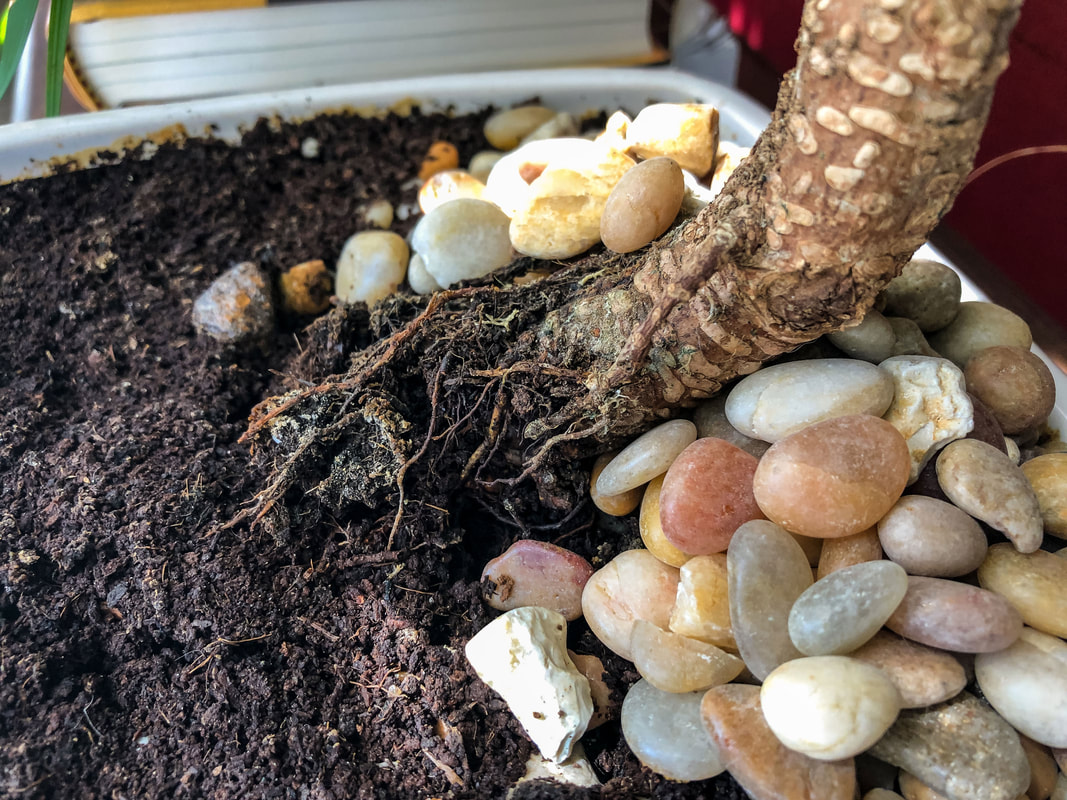
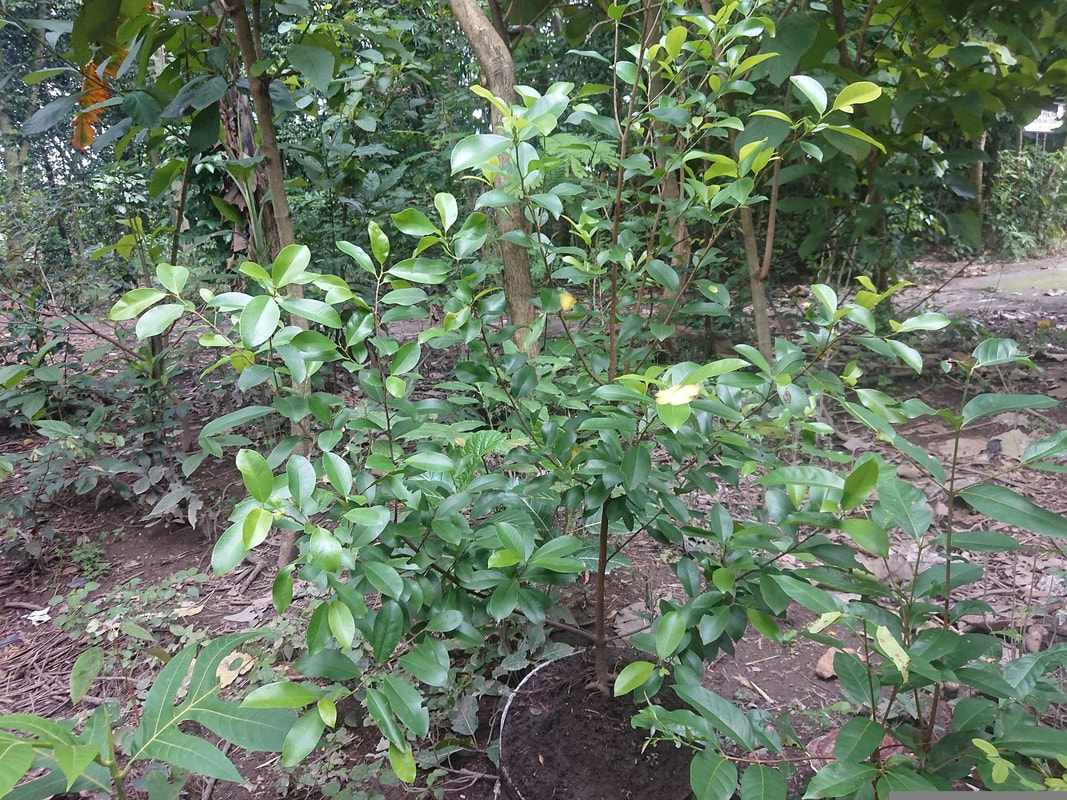

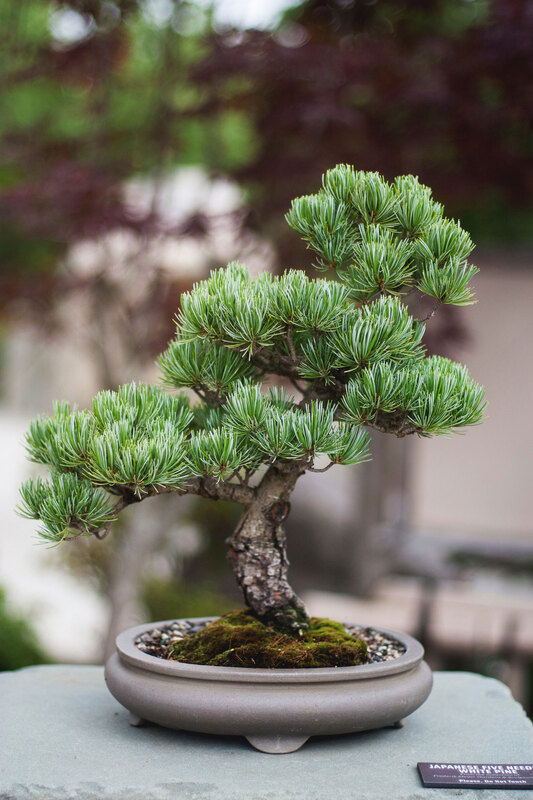
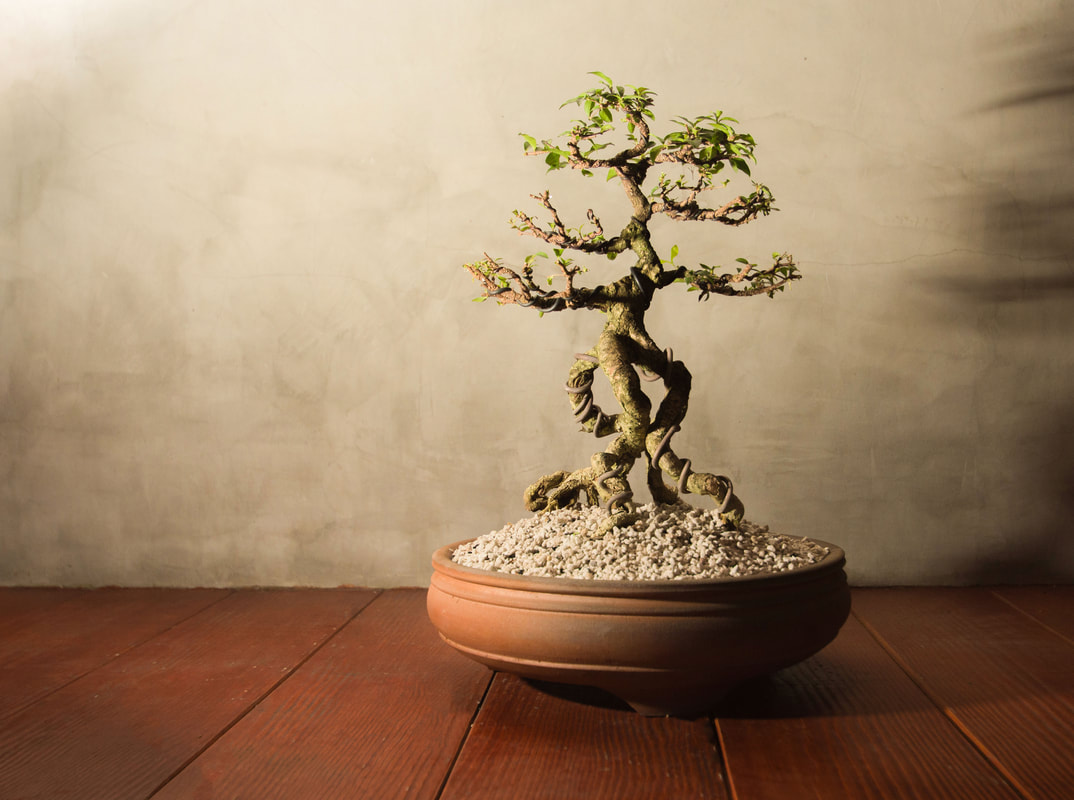

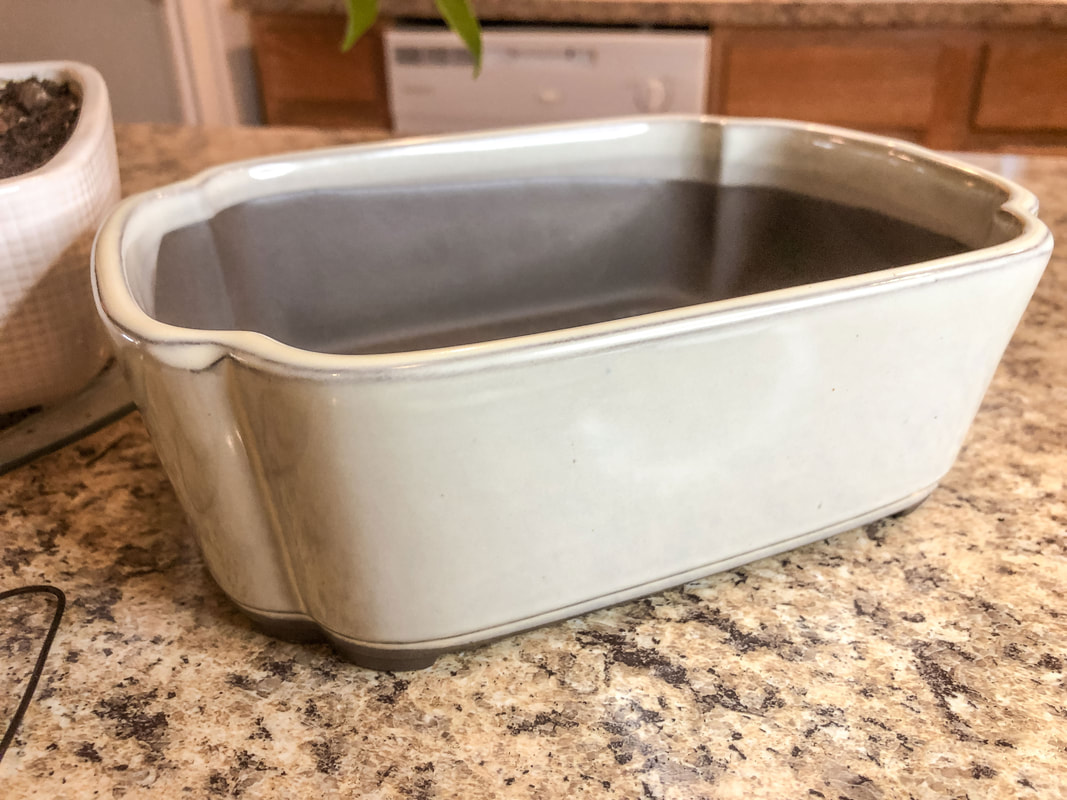
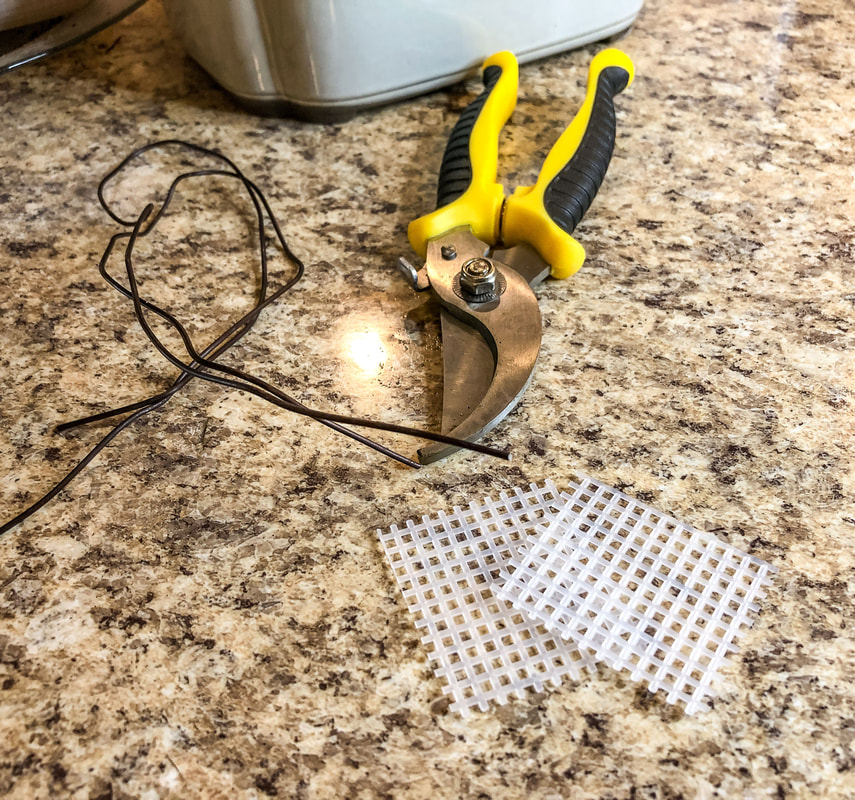
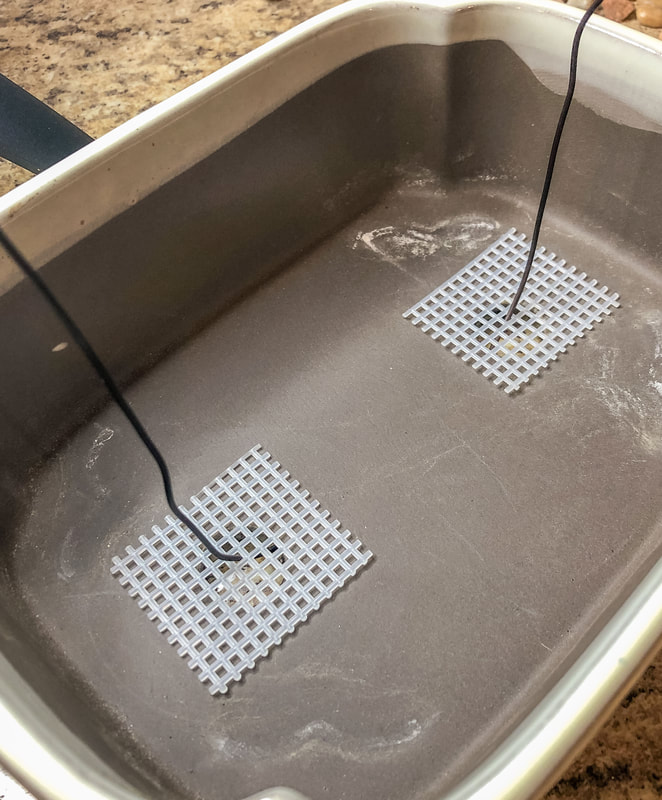
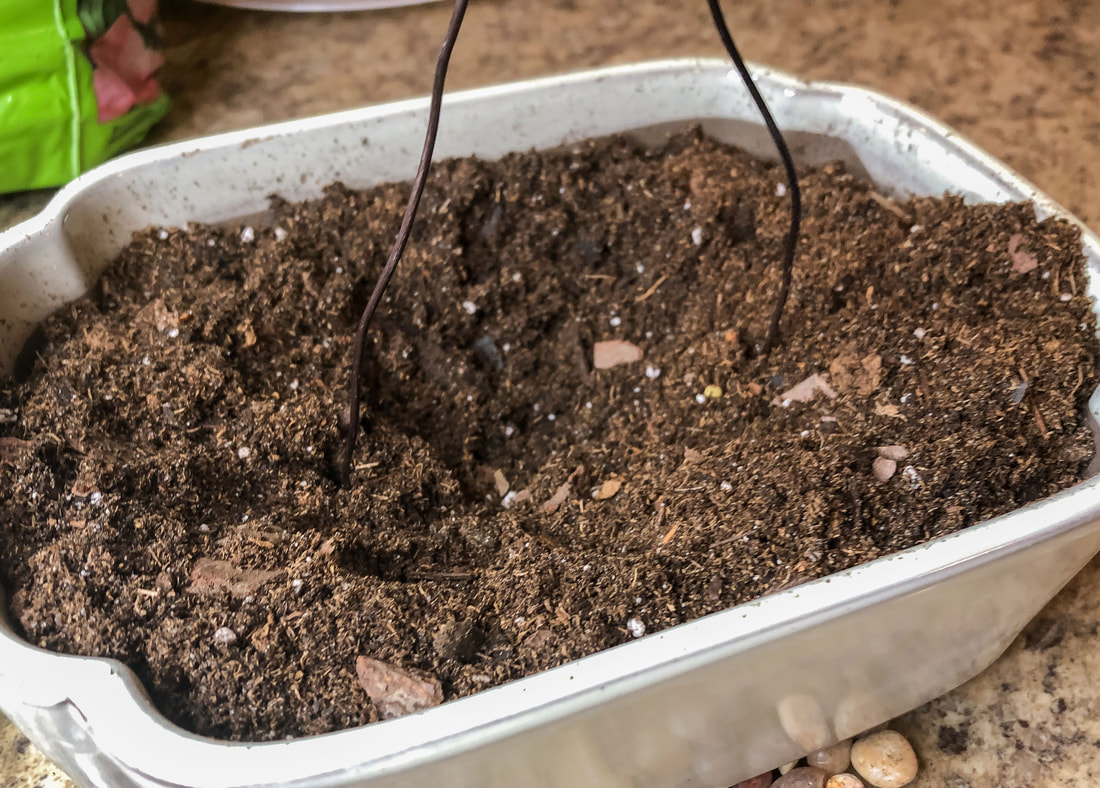

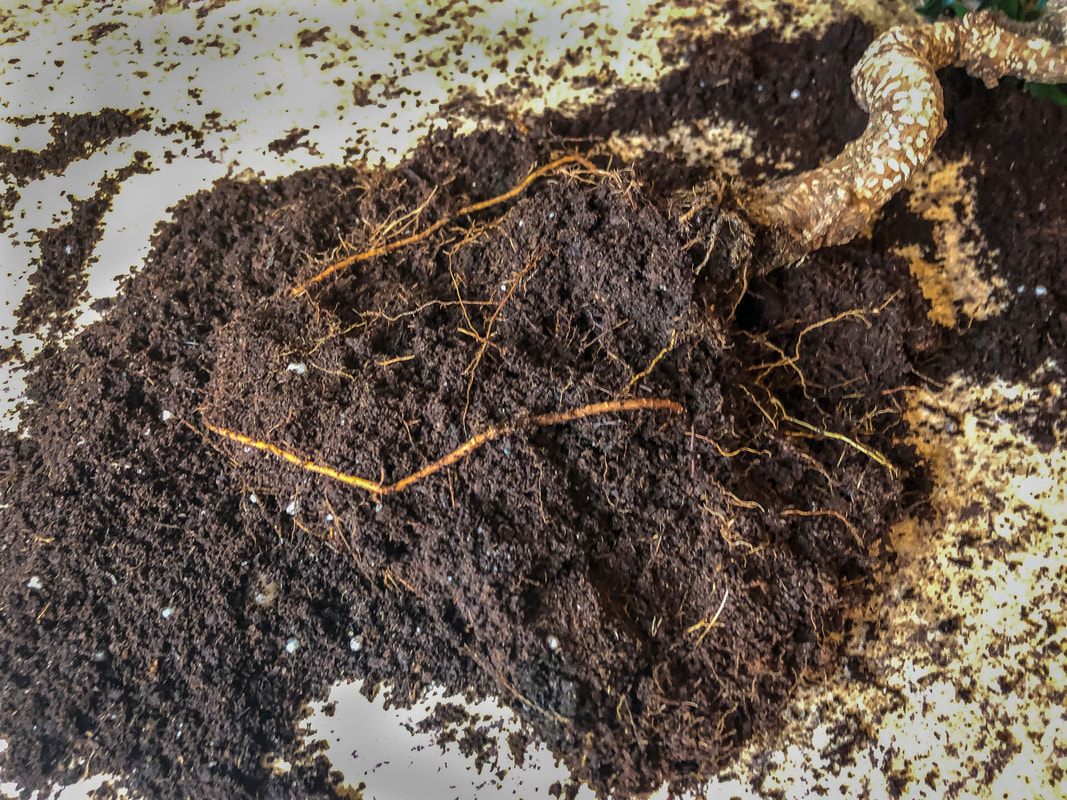
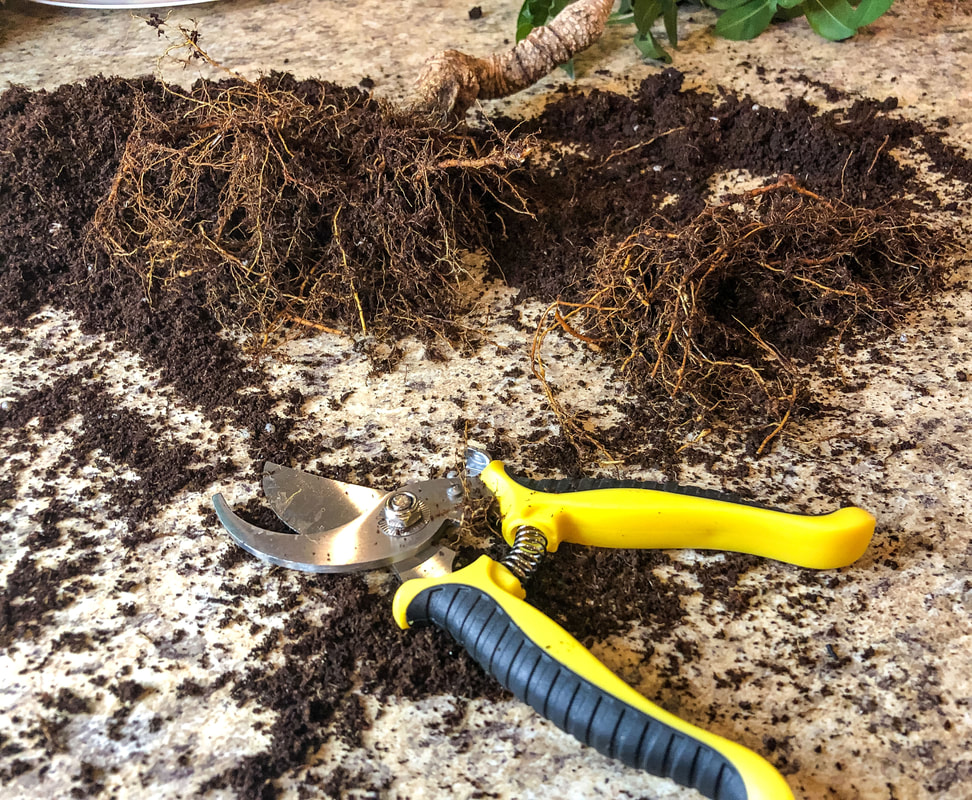
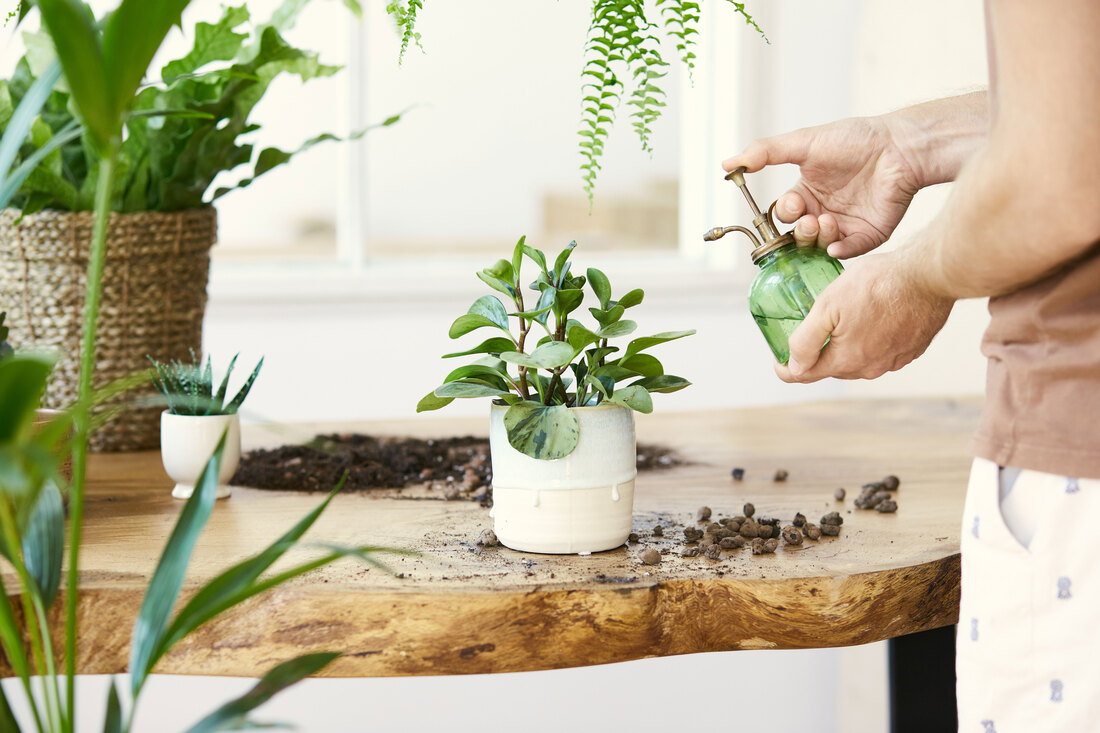
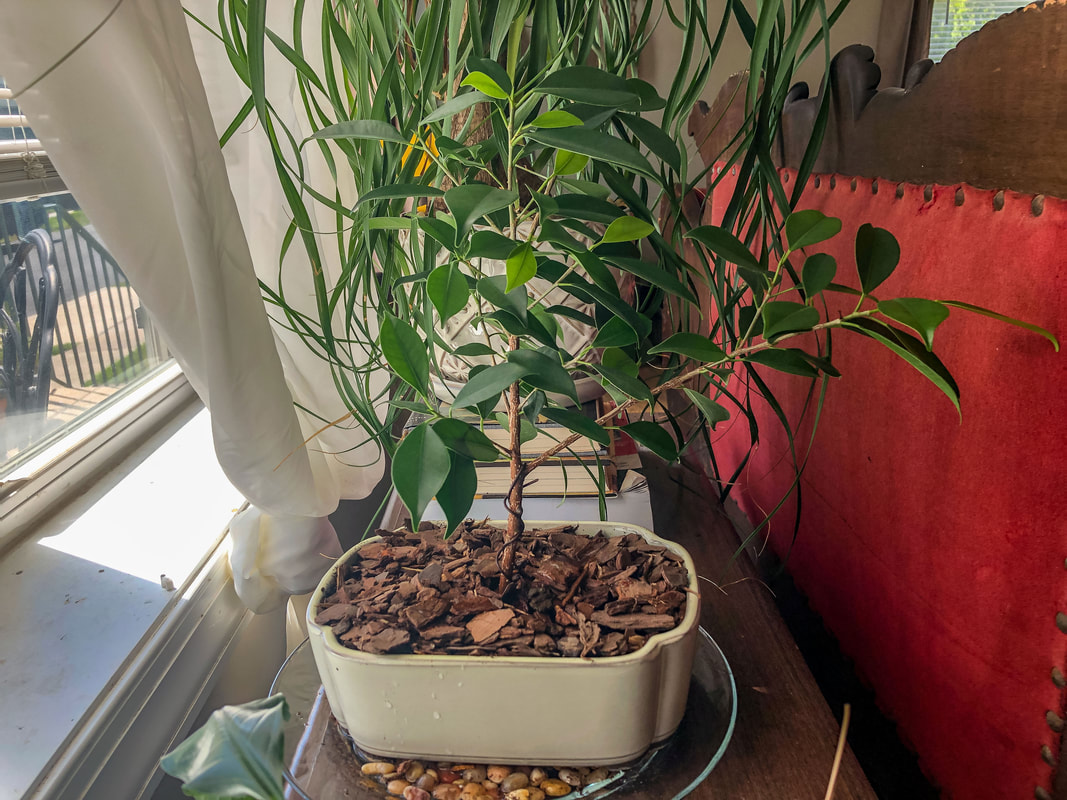
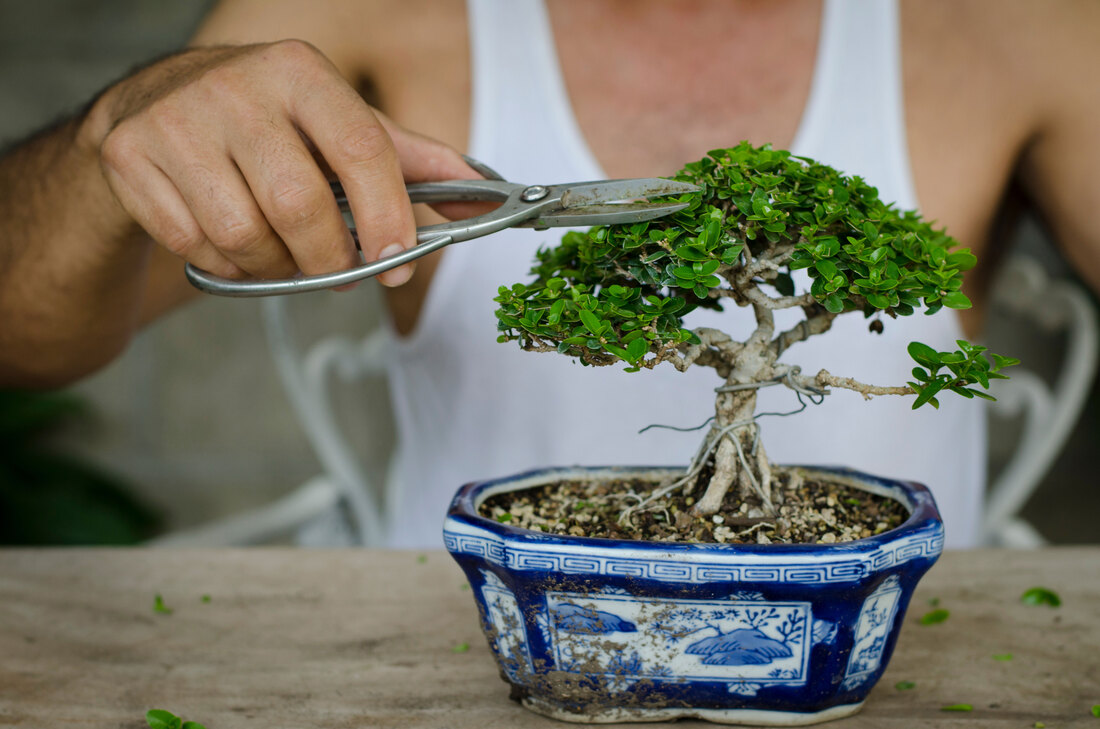

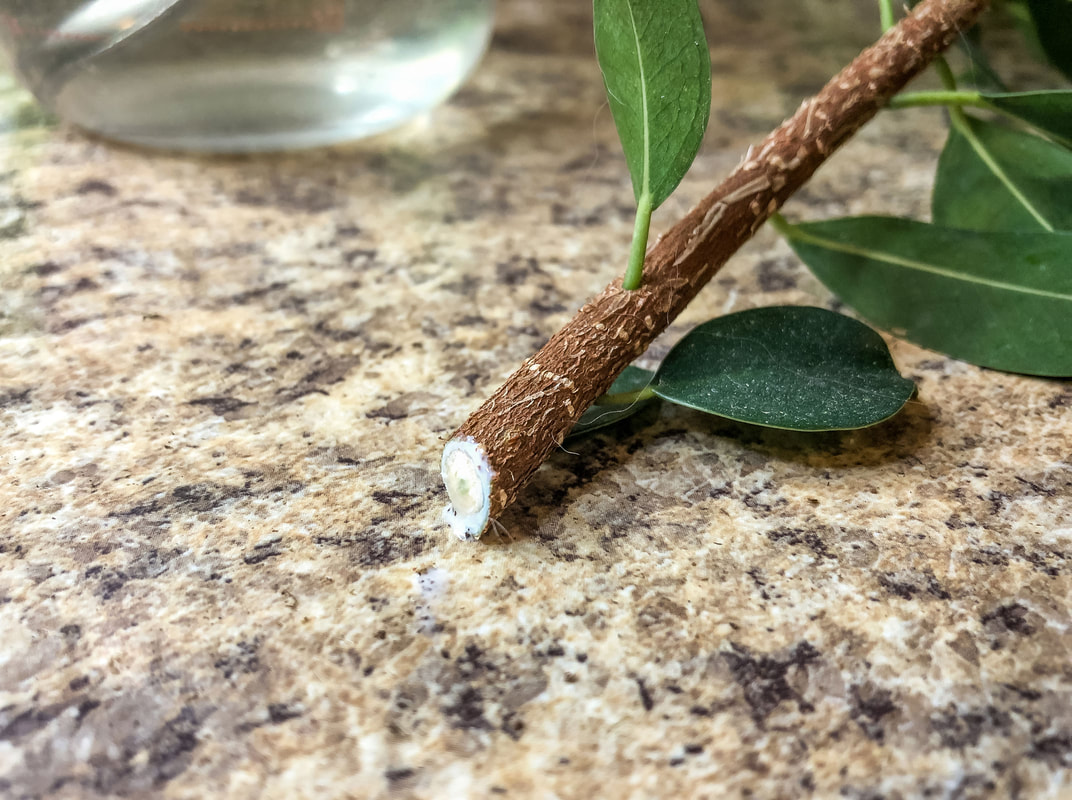

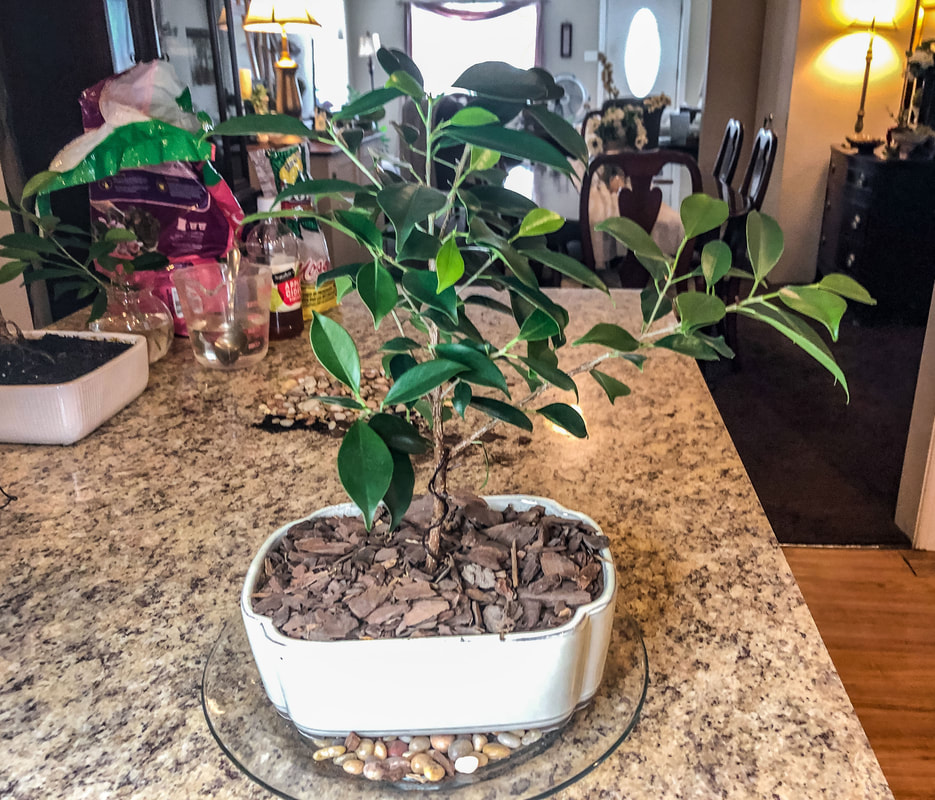
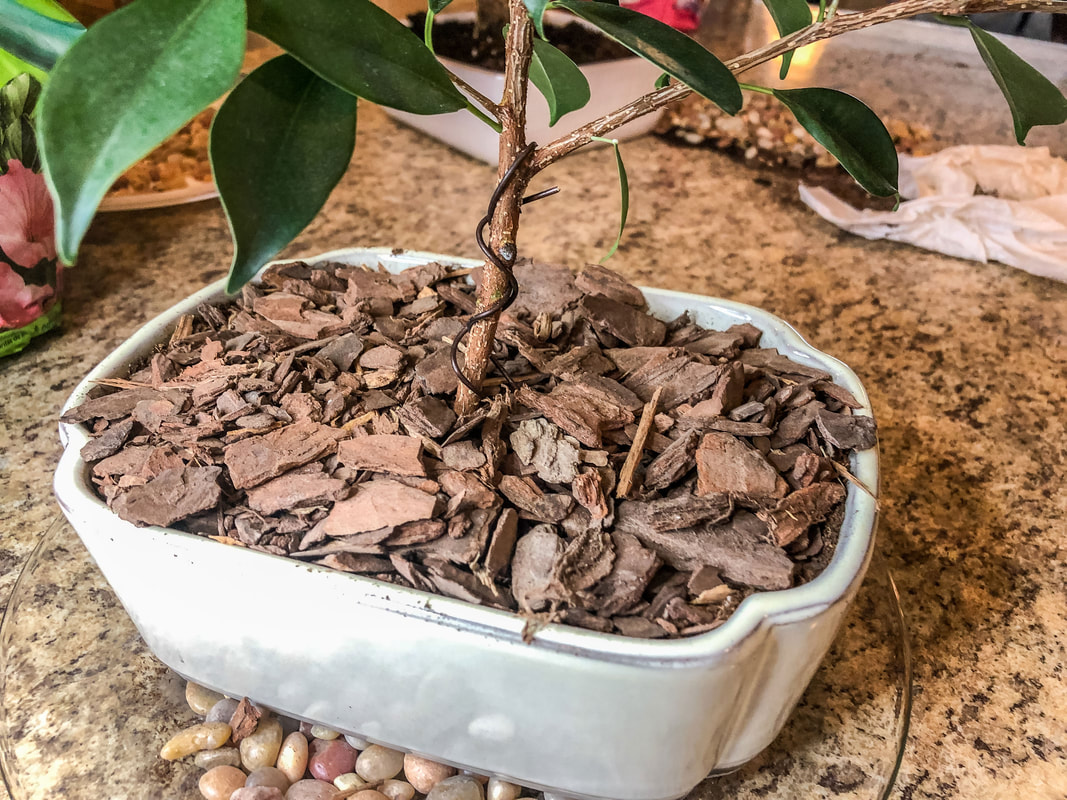

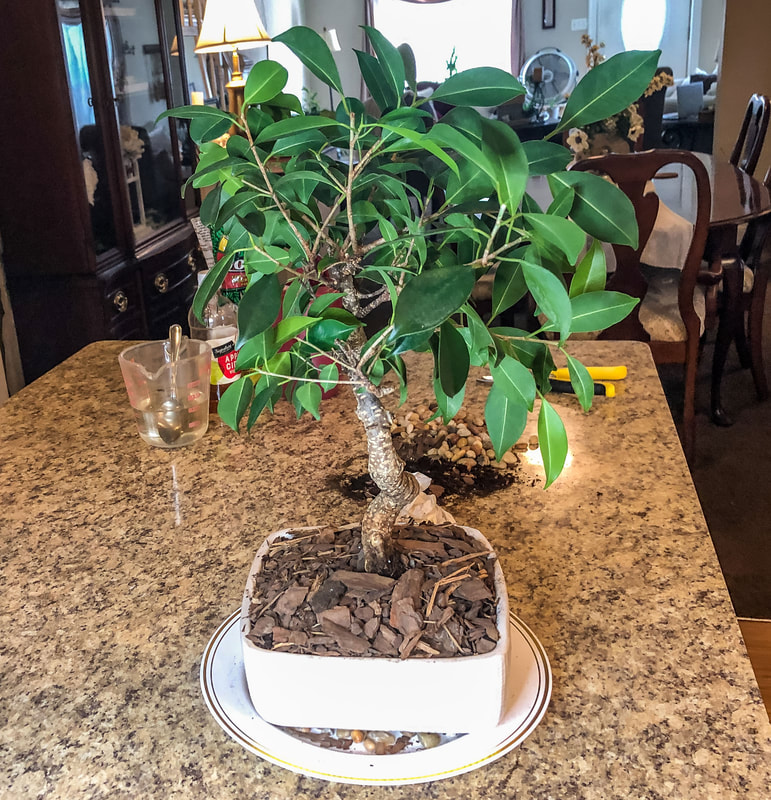


 RSS Feed
RSS Feed
